Power Dynamics in Relationships
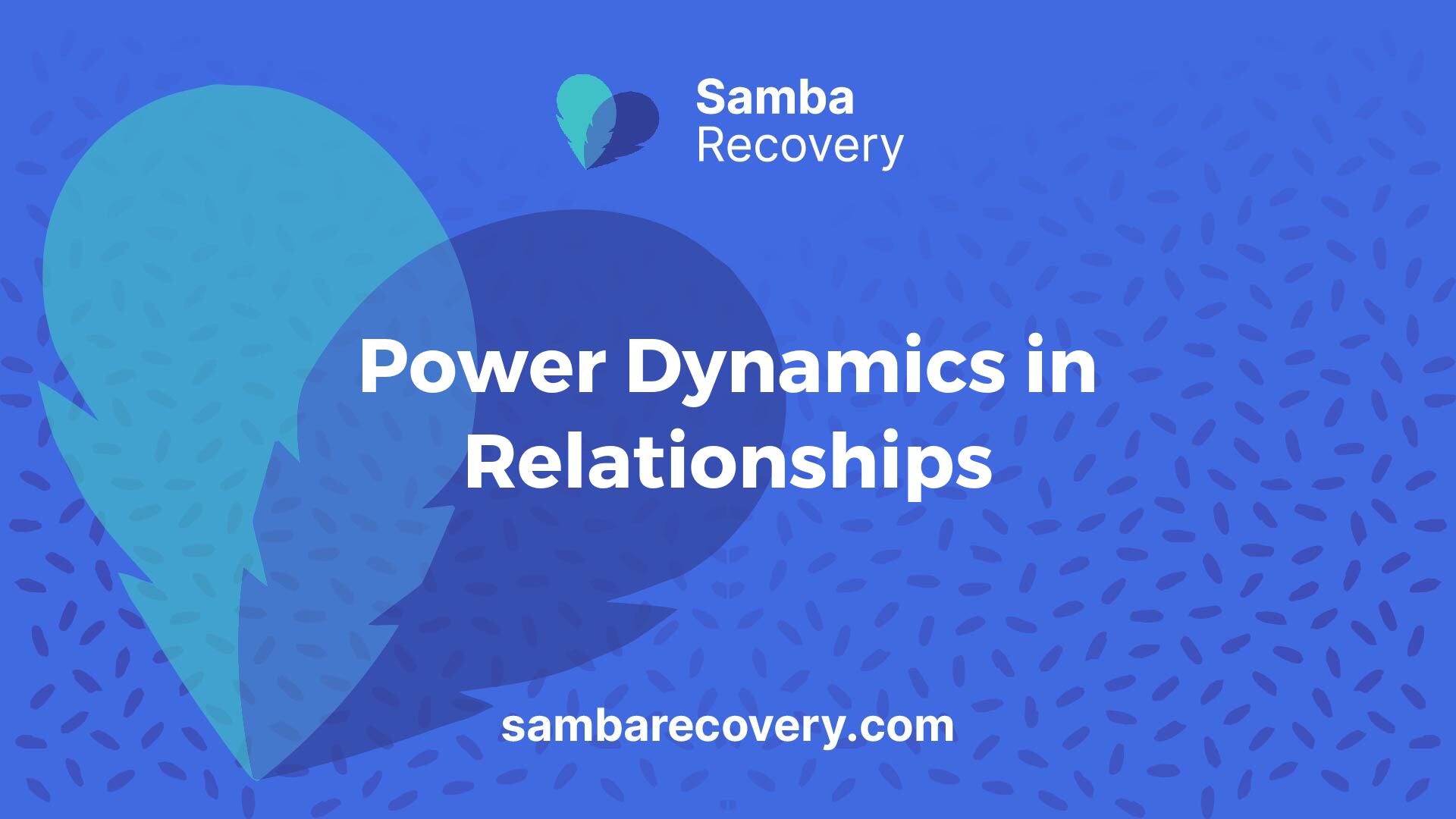
Power dynamics in relationships play a pivotal role in shaping how individuals interact and communicate with one another. Understanding these dynamics can shed light on the experiences of powerlessness that may arise in intimate connections.
Demand/Withdrawal Dynamic
The demand/withdrawal dynamic is a common interaction pattern in which one partner expresses needs or complaints while the other partner responds by avoiding the issues raised. This imbalance often leads to misunderstandings and prolonged conflicts over seemingly trivial matters. The partner who is demanding may feel frustrated and unsupported, while the withdrawing partner may feel overwhelmed and disconnected.
RoleDescriptionDemanding PartnerExpresses needs and concerns; feels their needs are unmet.Withdrawing PartnerAvoids discussions; feels pressured and overwhelmed.
This cycle can create feelings of helplessness for both individuals, making it difficult to resolve issues and communicate effectively.
Distancer/Pursuer Dynamic
In the distancer/pursuer dynamic, one partner may seek greater emotional closeness or connection, while the other may feel pressured and retreat, leading to feelings of isolation for the pursuing partner [1]. This dynamic can foster resentment and lead to powerlessness, as one partner may feel rejected and unwanted.
RoleDescriptionPursuing PartnerSeeks emotional closeness; may feel insecure and rejected.Distancing PartnerPulls away; may feel overwhelmed by emotional demands.
Such dynamics can lead to significant strain in relationships, with one partner feeling powerless to change the situation.
Fear/Shame Power Dynamic
The fear/shame power dynamic involves insecurities and anxieties that can manifest in one or both partners, often linked to past unresolved traumas. This dynamic may result in avoidant behaviors or aggressive reactions, further complicating the relationship. Open communication and trust are essential to address these underlying issues.
RoleDescriptionFearful PartnerStruggles with insecurities; may exhibit avoidant behaviors.Shaming PartnerUses shame or criticism to exert control; may be unaware of the impact.
Recognizing these dynamics can help individuals identify feelings of powerlessness in their relationships and seek healthier patterns of interaction. Understanding these power dynamics is crucial in addressing what are some examples of powerlessness? and fostering a healthier relationship environment.
Power Imbalances in Society
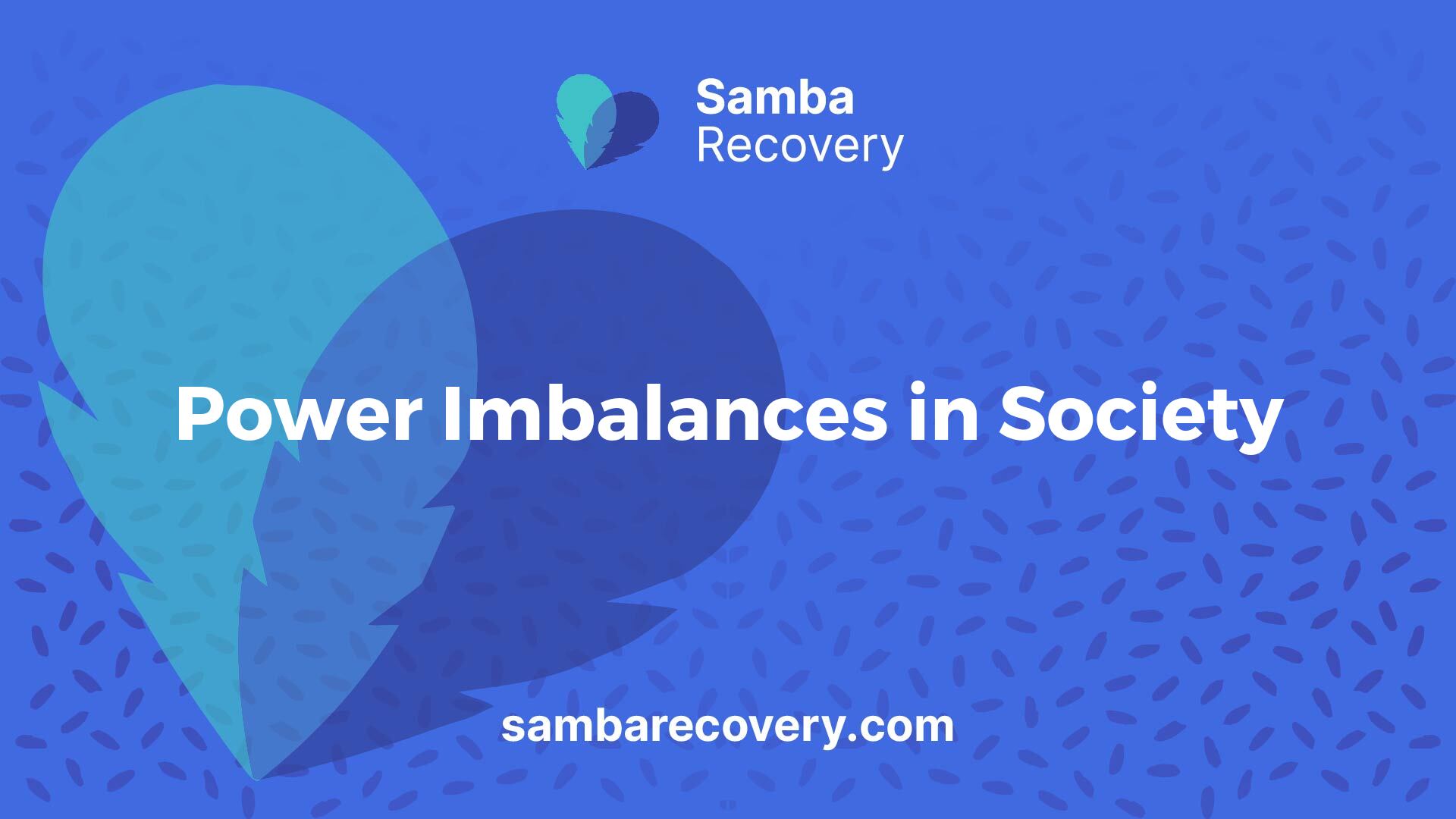
Power dynamics play a significant role in shaping experiences of powerlessness within society. These imbalances can manifest in organizational settings and within broader societal structures, impacting individuals and groups in various ways.
Organizational Settings
In organizational environments, power imbalances can create barriers to employee engagement and growth. Certain individuals or groups often hold more authority and decision-making power, leading to unequal opportunities and limited upward mobility. Employees may feel disenfranchised, encountering difficulties in contributing meaningfully due to hierarchical structures and a lack of autonomy [2].
Factors influencing power dynamics in organizational settings include:
FactorDescriptionAuthorityIndividuals in higher positions may restrict decision-making access for lower-level employees.Resource AllocationUnequal distribution of resources can limit opportunities for certain groups.Hierarchical StructureRigid hierarchies can suppress input and ideas from lower-tier employees.Support SystemsLack of mentorship or infrastructure can hinder professional growth.
Power imbalances not only impede organizational effectiveness but also affect employee morale and overall well-being [1].
Societal Structures and Hierarchies
Power imbalances within societal structures often lead to systemic injustices and the marginalization of specific groups based on gender, race, and socioeconomic status. These societal hierarchies can create significant disparities, affecting access to resources, opportunities, and representation [1].
Here are key aspects of how societal structures influence power dynamics:
AspectImpactGender InequalityWomen and non-binary individuals may face barriers in various sectors, impacting income and career opportunities.Racial DiscriminationSystemic racism can restrict access to education, employment, and healthcare for marginalized communities.Socioeconomic BarriersIndividuals from lower economic backgrounds may struggle to break free from poverty due to limited opportunities.
Understanding these power imbalances is crucial in addressing social inequalities and working towards a more just society. Efforts to dismantle systemic injustices involve recognizing the experiences of those affected and implementing changes that promote equity and inclusion.
Understanding Powerlessness
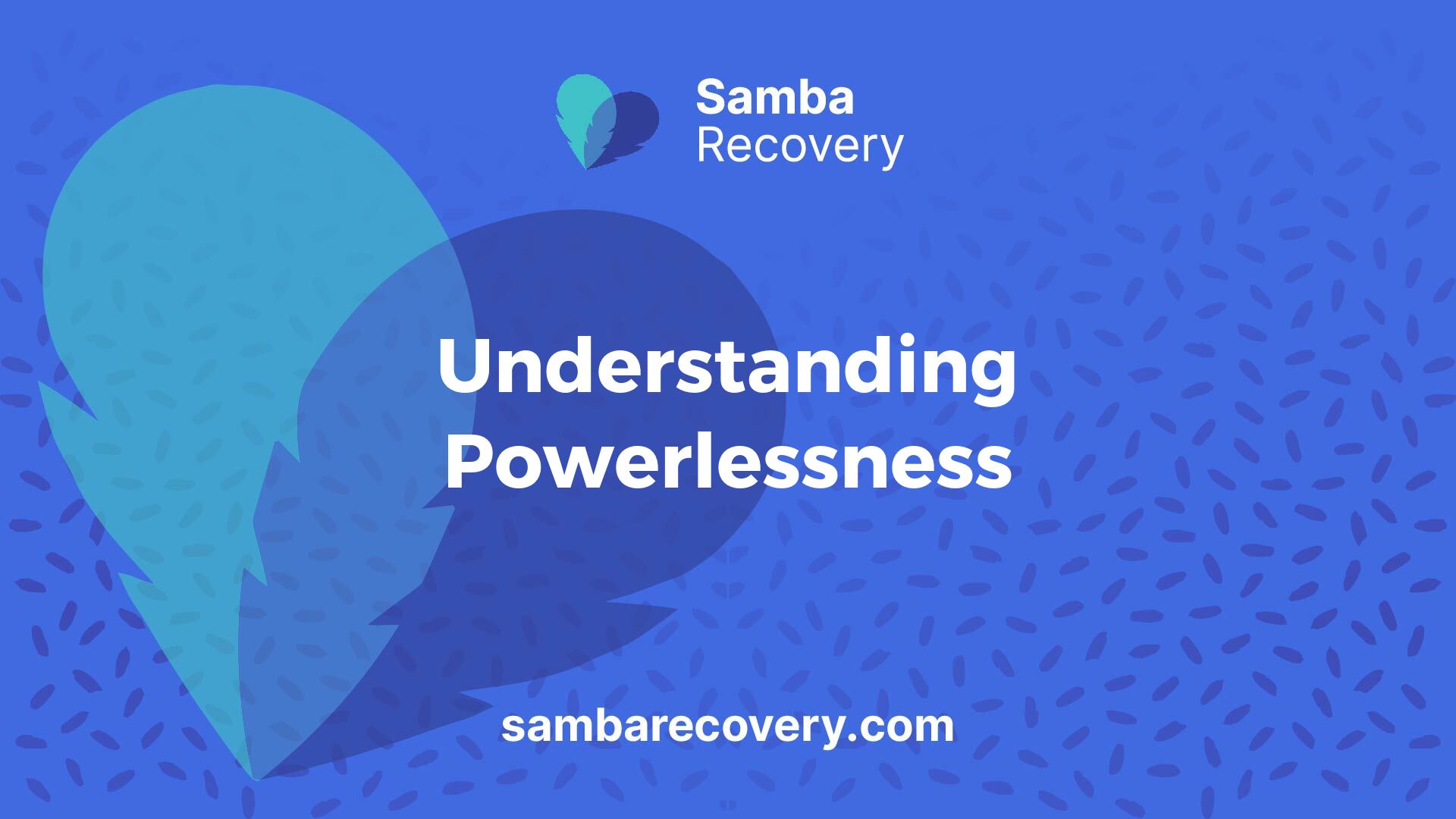
Definition and Overview
Powerlessness refers to the state of lacking control, influence, or authority over one’s own life or the wider community. It is a feeling of being unable to effect change or make decisions that directly impact oneself or others. Individuals may experience powerlessness when they cannot influence the outcome of a situation, either due to external constraints or an internal lack of resources [2].
The sense of being powerless can manifest in various situations, affecting personal, social, and economic dimensions of a person’s life. This lack of power can contribute to a cycle of helplessness where individuals feel trapped in their circumstances without options for improvement.
Impact on Mental Health
Feeling powerless can take a toll on an individual’s mental and emotional well-being, leading to increased stress, anxiety, and a higher risk of developing mental health issues such as anxiety and depression. The constant stress of being unable to effect change or improve circumstances can overload the mind, resulting in chronic distress.
Key Effects of Powerlessness on Mental Health
EffectDescriptionChronic DistressContinuous feelings of stress due to perceived lack of control.AnxietyIncreased worry and fear about life circumstances and inability to change them.DepressionA possible result of ongoing power struggles that lead to hopelessness.Learned HelplessnessA state where individuals perceive their actions as futile, reducing motivation to seek solutions.
Experiencing powerlessness can also lead to socioeconomic disadvantages. Individuals lacking access to resources may face challenges in improving their circumstances, which creates barriers to economic opportunities, limited access to services, and hindered career growth. The intersection of powerlessness with mental health highlights the importance of understanding and addressing these feelings in the context of addiction. Addressing powerlessness may include therapeutic approaches such as can cognitive behavioral therapy help treat an alcohol addiction? and engaging in community support systems.
Examples of Powerlessness
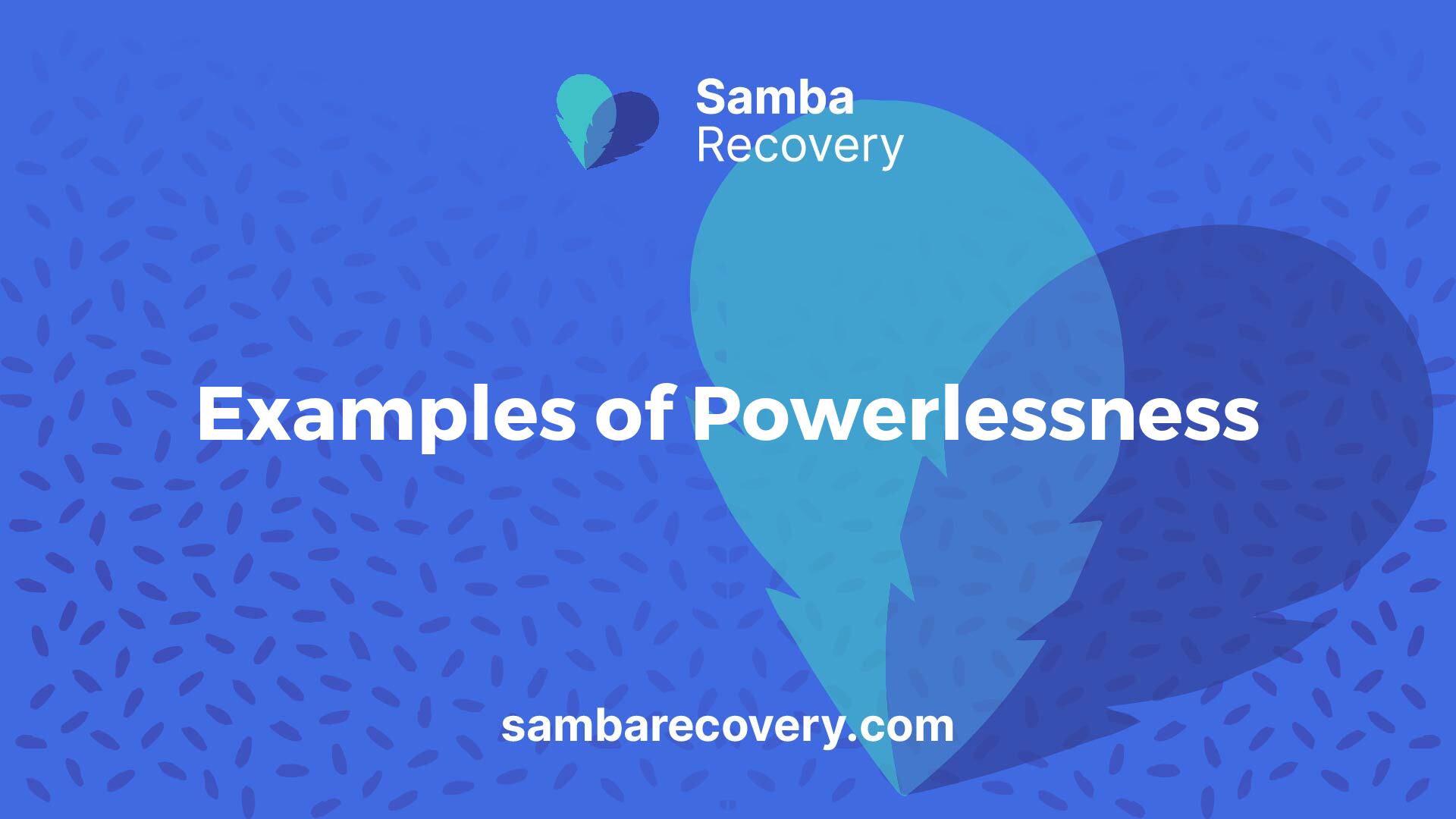
Understanding the various experiences of powerlessness is crucial when discussing addiction. This section provides insight into three prevalent examples: economic disadvantages, relationship struggles, and trauma-related symptoms.
Economic Disadvantages
Powerlessness often manifests as socioeconomic challenges. Individuals may lack access to necessary resources and opportunities, which significantly hinders their ability to improve their circumstances. Common issues include limited access to basic services, barriers to economic opportunities, and obstacles in career growth and professional development.
Economic ChallengesDescriptionLimited Access to ServicesDifficulty obtaining healthcare, education, and financial assistance.Barriers to OpportunitiesChallenges in job searching due to lack of skills or networking opportunities.Career Growth ObstaclesLack of advancement opportunities due to systemic inequalities.
This cycle of disadvantage reinforces feelings of helplessness, making it challenging for individuals to escape their circumstances [2].
Relationship Struggles
Powerlessness can also appear in personal relationships. Individuals may experience dynamics where they feel unable to express their needs or set boundaries. This can lead to unhealthy patterns, such as dependency or manipulation. Over time, these struggles can result in feelings of isolation and a loss of self-esteem.
Common relationship dynamics include:
Relationship DynamicsDescriptionCodependencyOne partner becomes overly reliant on the other for emotional support.ManipulationIndividuals may attempt to control or influence their partner’s actions.Lack of CommunicationDifficulty expressing needs leads to misunderstandings and conflict.
These patterns can create a toxic environment, making it increasingly difficult for individuals to feel empowered in their relationships.
Trauma and Symptoms
Trauma significantly contributes to powerlessness, leading to extreme helplessness. The experiences of trauma can influence one’s ability to cope with stress and can drastically reduce self-confidence. As trauma rewires the brain’s response to stress, individuals may exhibit symptoms like freezing, panicking, or outbursts of anger when faced with reminders of their past experiences [3].
Long-term trauma-related symptoms can include:
Trauma SymptomsDescriptionDetachment and WithdrawalIndividuals may isolate themselves, feeling detached from their surroundings.Escalating DespairA deep sense of hopelessness can lead to chronic depression.Anger Management IssuesOutbursts can be a defense mechanism against feelings of powerlessness.
Understanding these examples of powerlessness is essential for addressing the deeper issues connected to addiction. Recognizing such patterns can help individuals seek appropriate interventions, such as therapy or support groups, like how can group therapy help treat my addiction?. Addressing these challenges not only aids in recovery but also promotes a healthier engagement with both self and others.
Coping with Powerlessness
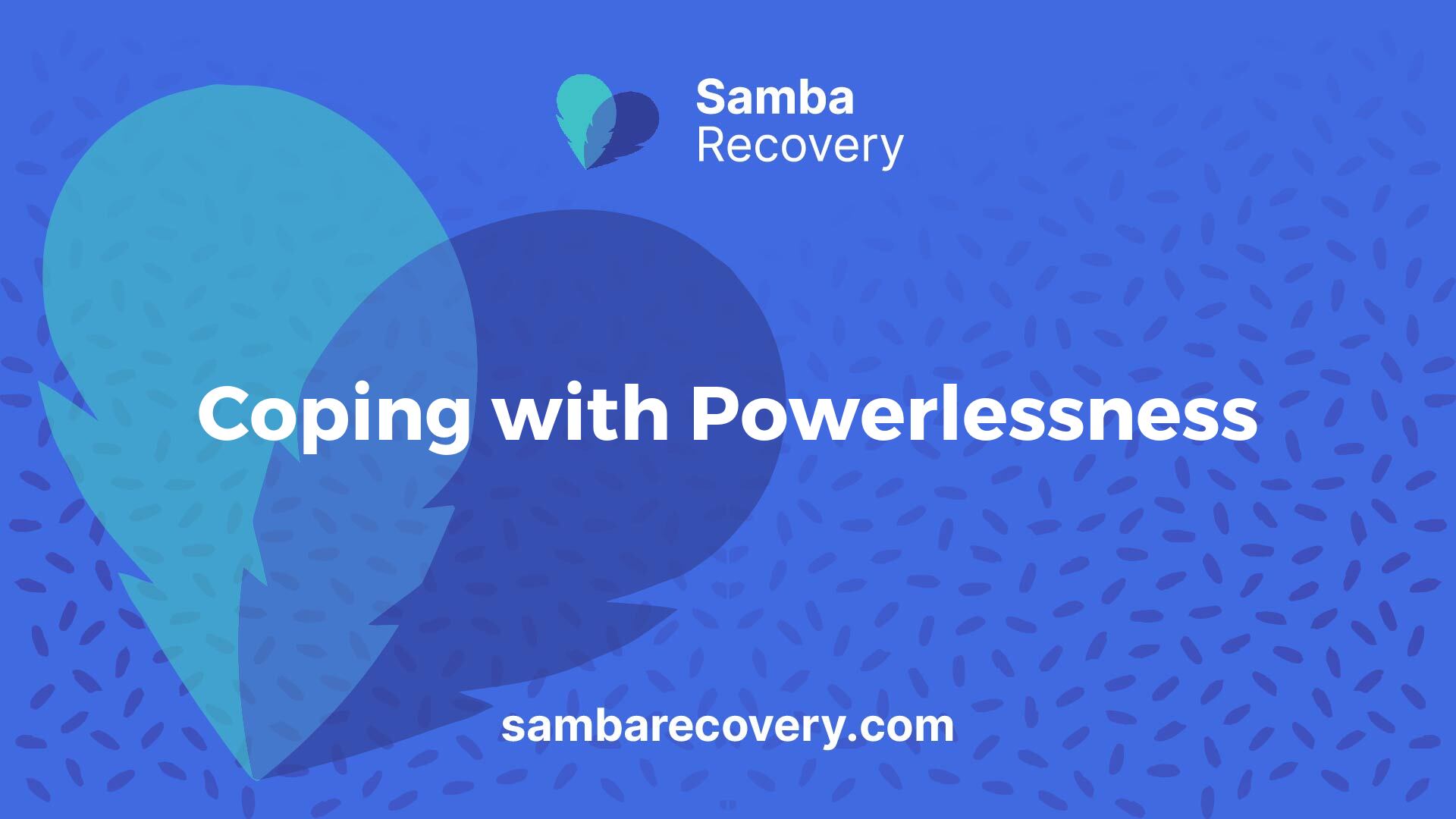
Experiencing powerlessness can be overwhelming and may significantly impact mental health. To combat these feelings, grounding techniques and mindfulness practices can be effective strategies.
Grounding Techniques
Grounding techniques involve exercises that help individuals reconnect with their senses and the present moment. These practices are essential for decreasing feelings of hyperarousal and helplessness, promoting a sense of stability and control. Here are some effective grounding techniques:
TechniqueDescriptionAnchoringFocus on feeling your feet on the ground to create a sense of connection.CenteringFind your center of gravity by standing tall and balanced.Core StabilizationEngage your core muscles to provide physical support.Physical ActivitiesActivities such as stretching, pushing, pulling, squeezing, punching, or kicking can release pent-up energy and tension.
These techniques empower individuals by enhancing self-awareness and reducing stress. For more information on how these strategies can help, you can visit Counselling Directory.
Mindfulness Practices
Mindfulness practices are also crucial for coping with feelings of powerlessness. These practices encourage individuals to focus on the present and accept their thoughts and feelings without judgment. Here are some common mindfulness techniques:
Mindfulness TechniqueDescriptionBreathing ExercisesConcentrate on your breath to promote relaxation.Body ScanSlowly scan your body from head to toe, noticing any sensations.MeditationEngage in guided or silent meditation to foster calmness.Observational AwarenessNotice your surroundings, including sounds, sights, and smells.
By practicing mindfulness, individuals can develop greater emotional resilience and improve their overall well-being. These strategies also provide a way to manage stress effectively and counteract feelings of powerlessness.
For more holistic approaches to managing addiction, consider resources related to how can group therapy help treat my addiction? or can cognitive behavioral therapy help treat an alcohol addiction?.
References
[2]:
[3]:






